High School
A message to the parents
Your child’s success in their future career endeavors begins right now, in those ever-so-crucial grades of high school. A good preparation here for what is to come in the post-secondary world is the ultimate weapon.
Imagine your children beside a master in physics and math, from which they consistently learn, and stay ahead of the game in class. One who offers them tips and strategies developed after encountering thousands of problems. With recognized results from hundreds of other students.
Now imagine them also beside a guiding force, a mentor if you must, who your children can rely upon to learn the ropes of university/college and what they need to be aware of when starting off. From information on curricula, counseling, financial services, career prospects, all the way to life in academia in general, they’d have an answer for.
Still imagining? Well imagine no-more, because this individual is here and just a few clicks away from becoming your child’s biggest helping hand! I hope you do give my service a shot and experience first-hand why my testimonies seem to be too good to be true! 🙂
Why is High School so Important?
High School is an exciting time for a student, as they experience a taste of several disciplines they could decide to pursue further in their future.
Students naturally intrigued by the mysterious physics surrounding their life and the mathematical language in which that is conveyed will naturally be attracted to the STEM offerings of their local high school.
As you can imagine, a discipline that describes the inner-workings of the universe and its language are not easy to uptake. A student here may become seriously discouraged when presented to the difficulty of this subject matter. It is there, that the right person beside your child can make-or-break their aspiration upon pursuing their dreams in engineering/physics/math/computer science a reality!
My High-School Offerings!
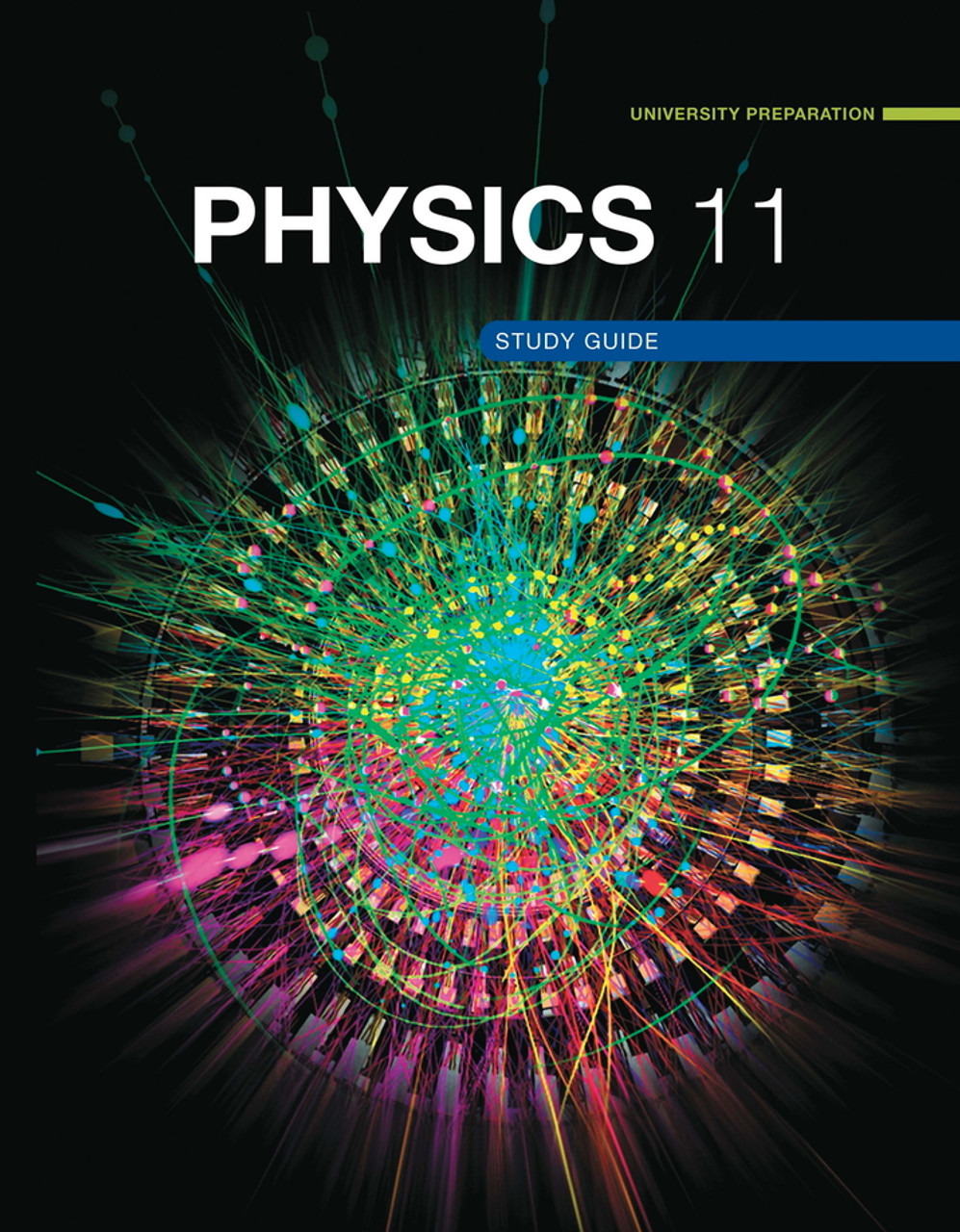
SPH3U Physics, Grade 11 - University Preparation
After taking Science in the previous year, students experience their first interaction with a pure physical science right here! This is the course that aspires new generations of engineers and physicists alike! It captivates the student by studying the processes behind phenomena that happen all around them in everyday life. How do we predict where a missile will hit? How does a force make an object move? Why does a rock tumble down a mountain side? Why does my hair stick up when I rub a balloon on it? All this and much more are answered in Grade 11 physics!
Students will demonstrate an understanding of uniform and non-uniform linear motion, in one and two dimensions. They will investigate, in qualitative and quantitative terms, uniform and non-uniform motion, and solve related problems. They will analyse technologies that apply concepts related to kinematics and assess the technologies’ social and environmental impact.
Students will demonstrate an understanding of the relationship between changes in velocity and unbalanced forces in one dimension. They will investigate qualitatively and quantitatively net force, acceleration, and mass; and solve related problems. They will analyse and propose improvements to technologies that apply concepts related to dynamics and Newton’s laws and assess the technologies’ social and environmental impact.
Students will demonstrate an understanding of work, efficiency, power, gravitational potential energy, kinetic energy, nuclear energy, and thermal energy and its transfer as heat. They will investigate energy transformations and the law of conservation of energy and solve related problems. They will analyze technologies that apply principles of, and concepts related to energy transformations, and assess the technologies’ social and environmental impact.
Students will demonstrate an understanding of the properties of mechanical waves and sound and of the principles underlying their production, transmission, interaction, and reception. They will investigate the properties of mechanical waves and sound and solve related problems. They will analyze how mechanical waves and sound affect technology, structures, society, and the environment, and assess ways of reducing their negative side effects.
Students will demonstrate an understanding of the properties of magnetic fields, the principles of current and electron flow, and the operation of selected technologies that use the properties and principles to produce and transmit electrical energy. They will investigate magnetic fields and electric circuits and solve related problems. They will analyse the social, economic and environmental impact of electrical energy production and technologies related to electromagnetism and propose ways to improve the sustainability of electrical energy production.

SPH4U – Physics, Grade 12 – University
This course is a student's second interaction with physics. This time around the curriculum is formulated to prepare the student to transition into the post-secondary world of university. As such, topics covered in Grade 11 are reinforced and built upon to a level that the student should expect to encounter in their 1st term of university. Some high schools will also cover some special topics in modern physics that the aspiring physicist of the bunch will greatly appreciate!
Students will review concepts essential to their success in the course: scientific notation, significant digits, vector operations, and fundamental mathematical tools. Principles of kinematics and free body diagrams will also be reviewed and extended. By the end of the unit, students will demonstrate and understanding of the forces involved in uniform circular motion and motion in a plane. They will have investigated forces involved in these modes of motion and have solved related problems. They will analyse technological devices that apply the principles of dynamics of motion, with respect to the effect of g-forces on the human body.
Students will demonstrate an understanding of work, energy, momentum. Drawing from Grade 10 concepts of the laws of conservation of energy, they will extend these ideas to conservation of momentum in one and two dimensions. Through computer simulation and other modes of inquiry they will investigate these phenomena and solve related problems. They will conduct analyses and propose improvements to technologies and procedures that apply principles related to energy and momentum and assess the social and environmental impact of these.
By the end of this unit, students will demonstrate an understanding of the concepts, properties, principles and laws related to gravitational, electric and magnetic fields, particularly with respect to their interactions with matter. They will investigate these phenomena graphically and through use of other electronic models. They will analyse the operation of technologies that use these fields and discuss the social and environmental impact of these technologies.
Building upon concepts developed during Grade 10, students will study light with respect to its wave nature. Properties of waves will be discussed in a general sense, and the principles of diffraction, refraction, interference, and polarization will be investigated theoretically and through simulation. Technologies that make use of the knowledge of the wave nature of light, and their social and environmental impacts, will be discussed.
In this unit, some of the most exciting and counterintuitive concepts in physics, including Einstein’s ideas about relativity, photoelectric effect, and particle physics, will be examined. Quantum mechanics and special relativity will be investigated mathematically, and related problems will be solved. Considering the revolutionary ideas studied in this unit, students will discuss how the introduction of new conceptual models can influence and change scientific thought, and lead to the development of new technologies.
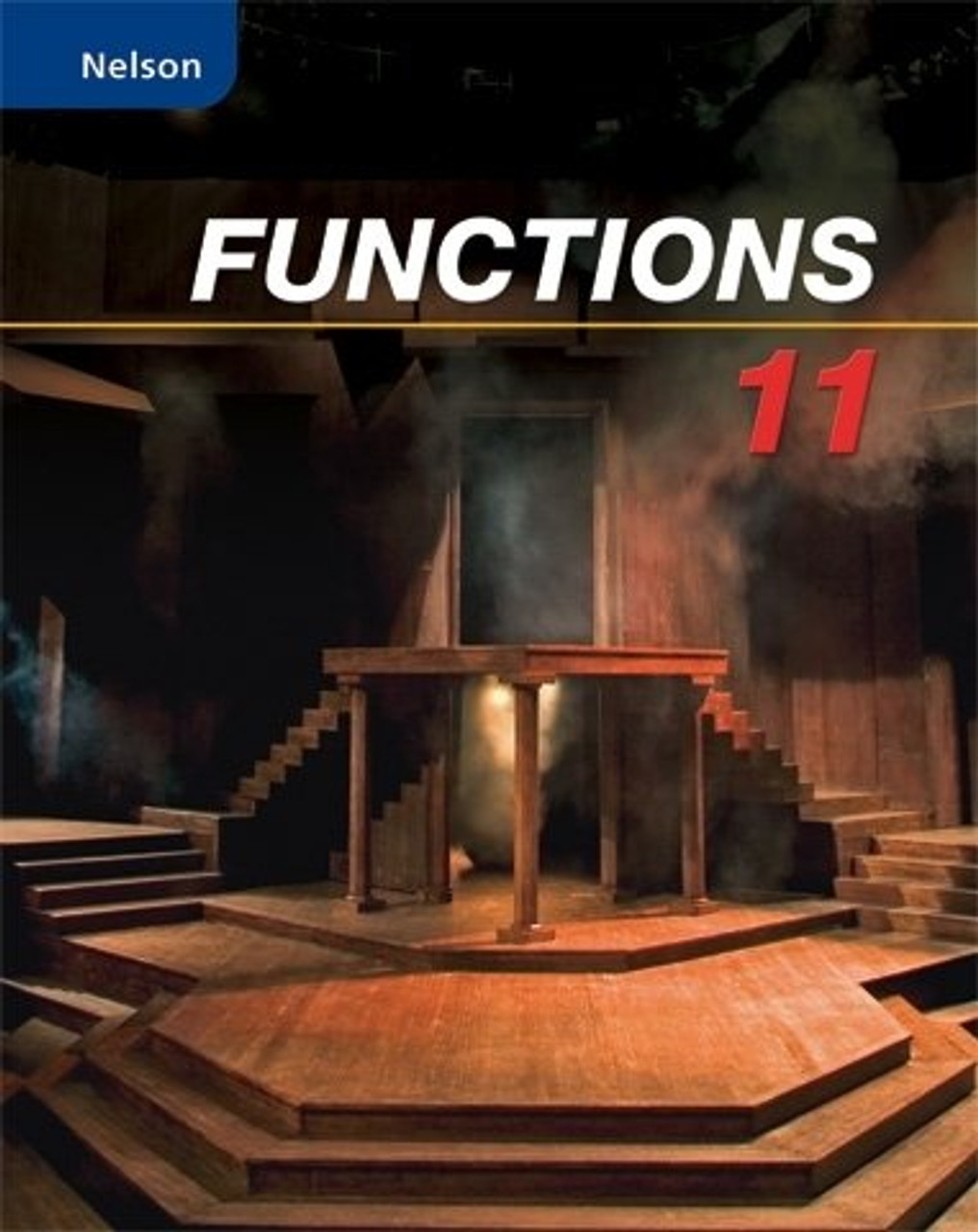
MCR3U Functions, Grade 11 - University Preparation
A followup to the Grade 10 class, the students will continue investigating simple polynomials, with particular emphasis on the quadratic function. The course will naturally lead them into trigonometry, identities, and trig functions. In the latter leg of the course, they will be introduced to the exponential function, which they will in turn use to investigate financial applications such as compound interest!
Students will explore the concepts of relations and functions in this unit, their representations, their inverses, and how to make connections between the algebraic and graphical representations of functions using transformations. Students will learn how to apply and determine the different transformations that can be applied to functions using transformational parameters, along with learning to apply function and set notations, and graphing methods consistently.
Students will explore properties of functions, in particular by determining the zeros and the maximum or minimum of a quadratic function, and solve problems involving quadratic functions, including problems arising from real-world applications. By the end of the unit, students will be able to demonstrate an understanding of equivalence as it relates to simplifying polynomial, radical, and rational expressions.
This unit will explore several topics including evaluating powers with rational exponents, simplifying expressions containing exponents, and describing properties of exponential functions represented in a variety of ways. The emphasis will be on modelling and problem solving using these concepts.
The unit begins with an exploration of recursive sequences and how to represent them in a variety of ways. Making connections to Pascal’s triangle, demonstrating understanding of the relationships involved in arithmetic and geometric sequences and series, and solving related problems involving compound interest and ordinary annuities will form the rest of the unit.
This unit concentrates students’ attention on determining the values of the trigonometric ratios for angles less than 360°, proving simple trigonometric identities and solving problems using the primary trigonometric ratios. The sine law and the cosine law are developed. Students will learn to demonstrate an understanding of periodic relationships and sinusoidal functions, and make connections between the numeric, graphical, and algebraic representations of sinusoidal functions while solving problems involving sinusoidal functions, including problems arising from real-world applications.
Students will investigate the relationship between the graphs and the equations of sinusoidal functions, sketching and describing the graphs and their periodic properties.
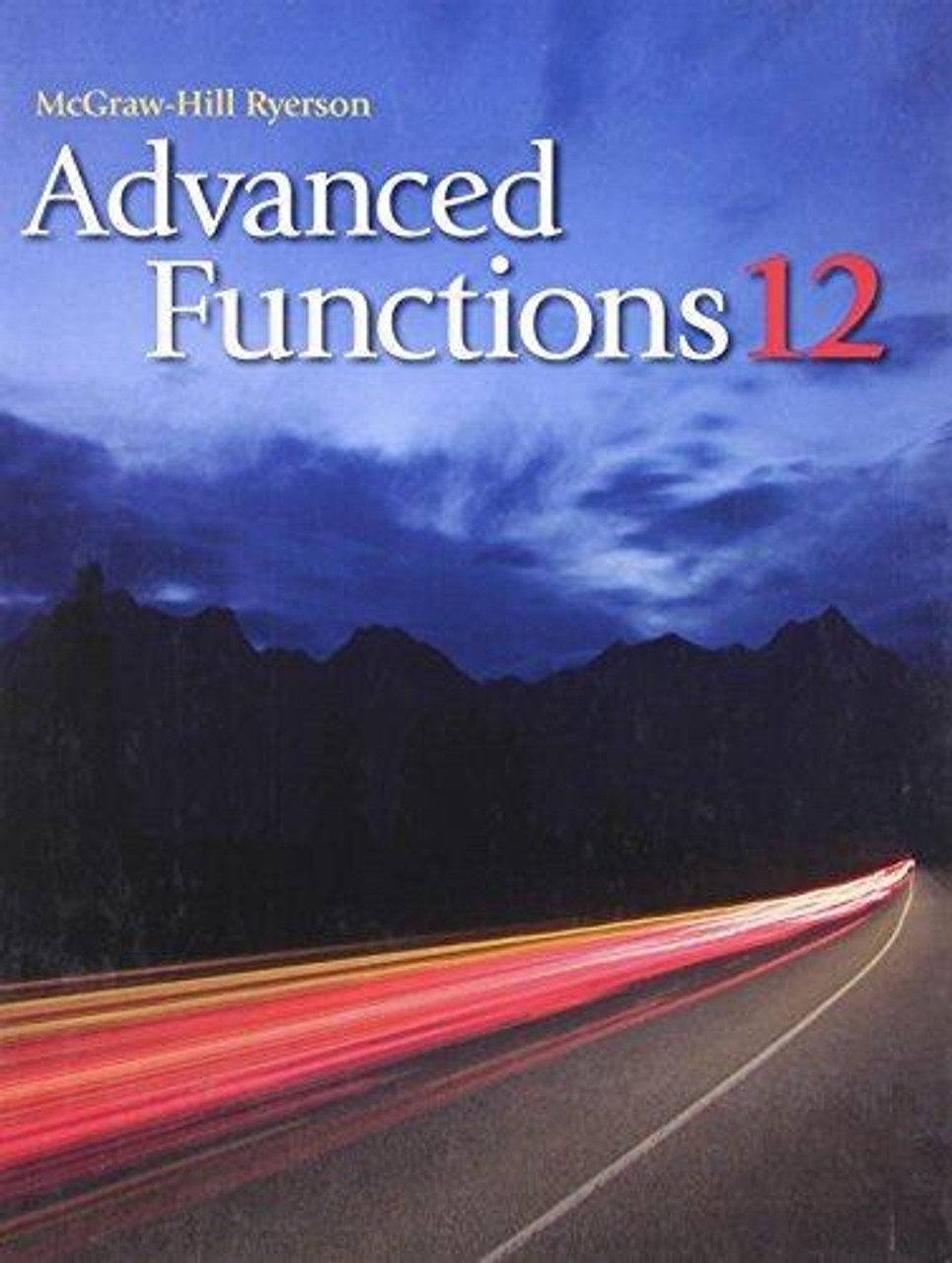
MHF4U Advanced Functions, Grade 12 - University Preparation
This course will wrap-up all the common functions in mathematics that students should be aware of before heading off to university. Polynomials, trig, and exponentials are revisited and expanded upon, while students explore inverses for the first time, beginning with the logarithm, the inverse of the exponential! Further inverses in trigonometry are derived and the course ends by discussing how to shift/squeeze/stretch functions through function transformations!
This unit reviews the foundational concepts that have been covered in prerequisite math courses. Students revisit the definition of a function, function notation, and the key properties of functions. Students also review transformations of functions and inverse functions. The unit assessment evaluates students’ ability to carry out proper communication, formatting, and technical skills in their work, all of which will be important aspects of their assignments in the remainder of the course.
In this unit students learn to identify and describe some key features of polynomial functions and to make connections between the numeric, graphical, and algebraic representations of polynomial functions. These concepts allow students to manipulate functions in a number of ways and apply their skills to solve real-world problems. Strategies will be employed to aid in the connection to an understanding of rates of change.
Students begin this unit by identifying and describing some of the key features of rational functions. Students then learn to represent and manipulate these functions to solve real-life problems, graphically and algebraically. This unit also introduces the idea of inequalities and how they produce different solutions than equations.
This unit begins with a review of exponential functions, their properties, and applications. This leads into discussions about a related function, the logarithmic function. From here students learn about logarithmic properties and then apply their knowledge of exponential and logarithmic functions to solve real-world problems.
This unit examines the meaning and application of radian measure. This allows students to solve more complex situations in exact values. Students will make connections between trigonometric ratios and the graphical and algebraic representations of the corresponding trigonometric functions and use these connections to solve problems involving trigonometric equations and to prove trigonometric identities.
This unit develops students understanding of trigonometry by expanding on the functions behind the trigonometric ratios. Students look at trigonometric functions and their reciprocals, examine their key properties and behaviours, and learn how they can be transformed to model a wide range of data.
Having studied various types of functions and transformations of functions, and understood the significance of differential rates of change in functions, this final unit focuses on the theory and practice of performing arithmetic operations on entire functions, including but not limited to the algebraic, graphical and practical implications of performing those operations.
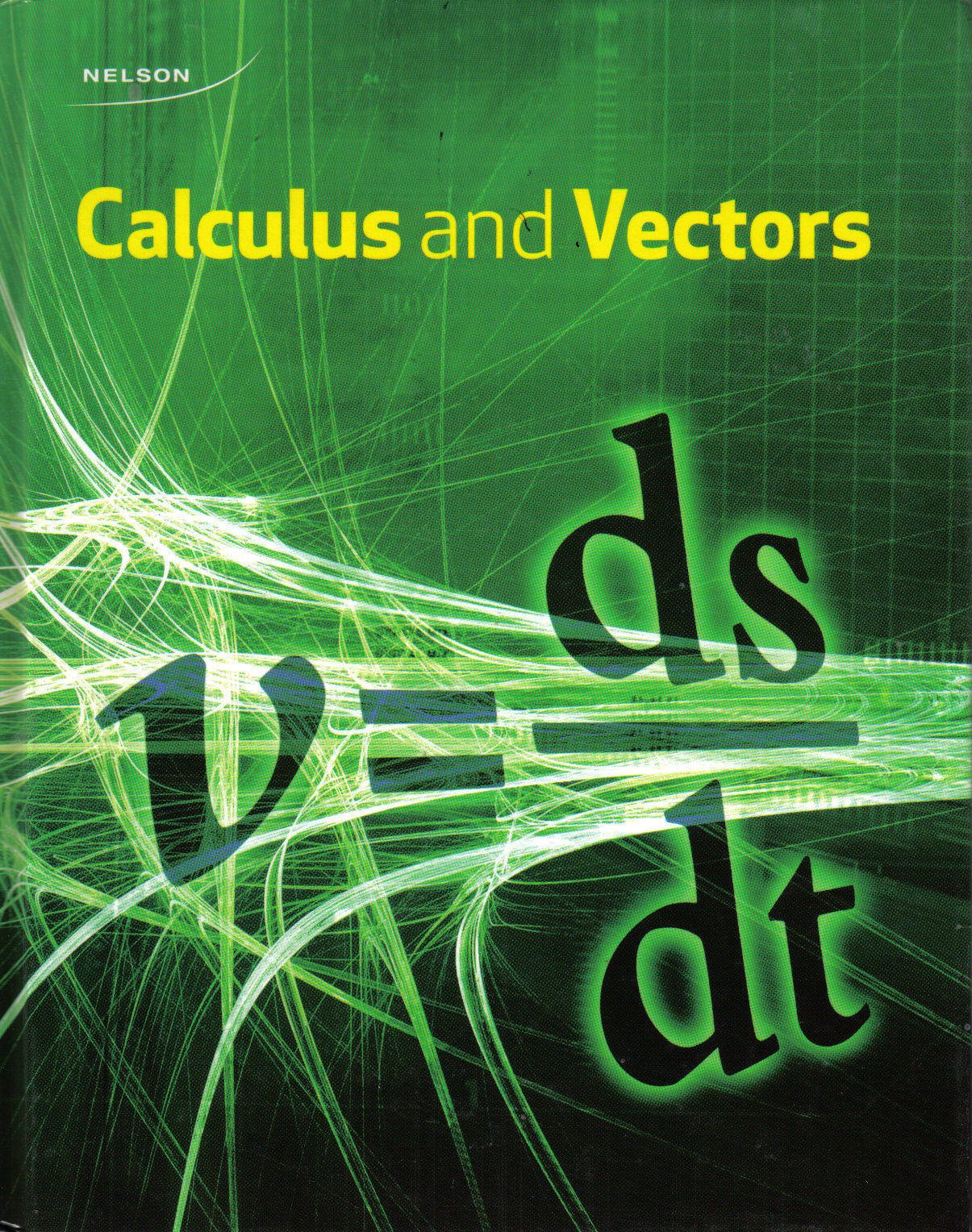
MCV4U Calculus & Vectors, Grade 12 - University Preparation
One of the most notorious math courses a high-school student will take, calculus teaches students the art of studying change in functions, and by extent, to the world around them. Vectors become the fundamental building blocks of geometry, and students merge the two fields together in their study of grade 12 and university physics. The course flows through defining what a vector is, how we can describe lines and planes with them. The second-half is focused on calculus, where the concept of a limit in mathematics is explored, and the derivative framework is established. The course finishes with applications of derivatives in real life, such as optimization, plotting curves and describing changing systems.
There are four main topics pursued in this initial unit of the course. These topics are: an introduction to vectors and scalars, vector properties, vector operations, and plane figure properties. Students will tell the difference between a scalar and vector quantity, they will represent vectors as directed line segments and perform the operations of addition, subtraction, and scalar multiplication on geometric vectors with and without dynamic geometry software. Students will conclude the first half of the unit by proving some properties of plane figures, using vector methods and by modeling and solving problems involving force and velocity. Next, students learn to represent vectors as directed line segments and to perform the operations of addition, subtraction, and scalar multiplication on geometric vectors with and without dynamic geometry software. The final topic involves students in proving some properties of plane figures using vector methods.
Cartesian vectors are represented in two-space and three-space as ordered pairs and triples, respectively. The addition, subtraction, and scalar multiplication of Cartesian vectors are all investigated in this unit. Students investigate the concepts of linear dependence and independence, and collinearity and coplanarity of vectors.
Applications involving work and torque are used to introduce and lend context to the dot and cross products of Cartesian vectors. The vector and scalar projections of Cartesian vectors are written in terms of the dot product. The properties of vector products are investigated and proven. These vector products will be revisited to predict characteristics of the solutions of systems of lines and planes in the intersections of lines and planes.
This unit begins with students determining the vector, parametric and symmetric equations of lines in R2 and R3. Students will go on to determine the vector, parametric, symmetric and scalar equations of planes in 3-space. The intersections of lines in 3-space and the intersections of a line and a plane in 3-space are then taught. Students will learn to determine the intersections of two or three planes by setting up and solving a system of linear equations in three unknowns. Students will interpret a system of two linear equations in two unknowns geometrically, and relate the geometrical properties to the type of solution set the system of equations possesses. Solving problems involving the intersections of lines and planes, and presenting the solutions with clarity and justification forms the next challenge. As work with matrices continues students will define the terms related to matrices while adding, subtracting, and multiplying them. Students will solve systems of linear equations involving up to three unknowns, using row reduction of matrices, with and without the aid of technology and interpreting row reduction of matrices as the creation of new linear systems equivalent to the original constitute the final two new topics of this important unit.
A variety of mathematical operations with functions are needed in order to do the calculus of this course. This unit begins with students developing a better understanding of these essential concepts. Students will then deal with rates of change problems and the limit concept. While the concept of a limit involves getting close to a value but never getting to the value, often the limit of a function can be determined by substituting the value of interest for the variable in the function. Students will work with several examples of this concept. The indeterminate form of a limit involving factoring, rationalization, change of variables, and one-sided limits are all included in the exercises undertaken next in this unit. To further investigate the concept of a limit, the unit briefly looks at the relationship between a secant line and a tangent line to a curve. To this point in the course, students have been given a fixed point and have been asked to find the tangent slope at that value. In this section of the unit, students will determine a tangent slope function similar to what they had done with a secant slope function. Sketching the graph of a derivative function is the final skill and topic.
The concept of a derivative is, in essence, a way of creating a short cut to determine the tangent line slope function that would normally require the concept of a limit. Once patterns are seen from the evaluation of limits, rules can be established to simplify what must be done to determine this slope function. This unit begins by examining those rules including: the power rule, the product rule, the quotient rule, and the chain rule followed by a study of the derivatives of composite functions. The next section is dedicated to finding the derivative of relations that cannot be written explicitly in terms of one variable. Next, students will simply apply the rules they have already developed to find higher order derivatives. As students saw earlier, if given a position function, they can find the associated velocity function by determining the derivative of the position function. They can also take the second derivative of the position function and create a rate of change of velocity function that is more commonly referred to as the acceleration function which is where this unit ends.
In previous math courses, functions were graphed by developing a table of values and smooth sketching between the values generated. This technique often hides key detail of the graph and produces a dramatically incorrect picture of the function. These missing pieces of the puzzle can be found by the techniques of calculus learned thus far in this course. The key features of a properly sketched curve are all reviewed separately before putting them all together into a full sketch of a curve.
A variety of types of problems exist in this unit and are generally grouped into the following categories: Pythagorean Theorem Problems (these include ladder and intersection problems), Volume Problems (these usually involve a 3-D shape being filled or emptied), Trough Problems, Shadow problems, and General Rate Problems. During this unit, students will look at each of these types of problems individually.
This unit begins with examples and exercises involving exponential and logarithmic functions using Euler’s number (e). But as students have already seen, many other bases exist for exponential and logarithmic functions. Students will now look at how they can use their established rules to find the derivatives of such functions. The next topic should be familiar as the steps involved in sketching a curve that contains an exponential or logarithmic function are identical to those taken in the curve sketching unit studied earlier in the course. Because the derivatives of some functions cannot be determined using the rules established so far in the course, students will need to use a technique called logarithmic differentiation which is introduced next.
A brief trigonometry review kicks off this unit. Then, students turn their attention to special angles and the CAST rule which has been developed to identify which of the basic trigonometric ratios is positive and negative in the four quadrants. Students will then solve trigonometry equations using the CAST rule to locate other solutions. Two fundamental trigonometric limits are investigated for the concepts of trigonometric calculus to be fully understood. The unit ends, as in all other units in the course, with an assignment and a unit quiz.
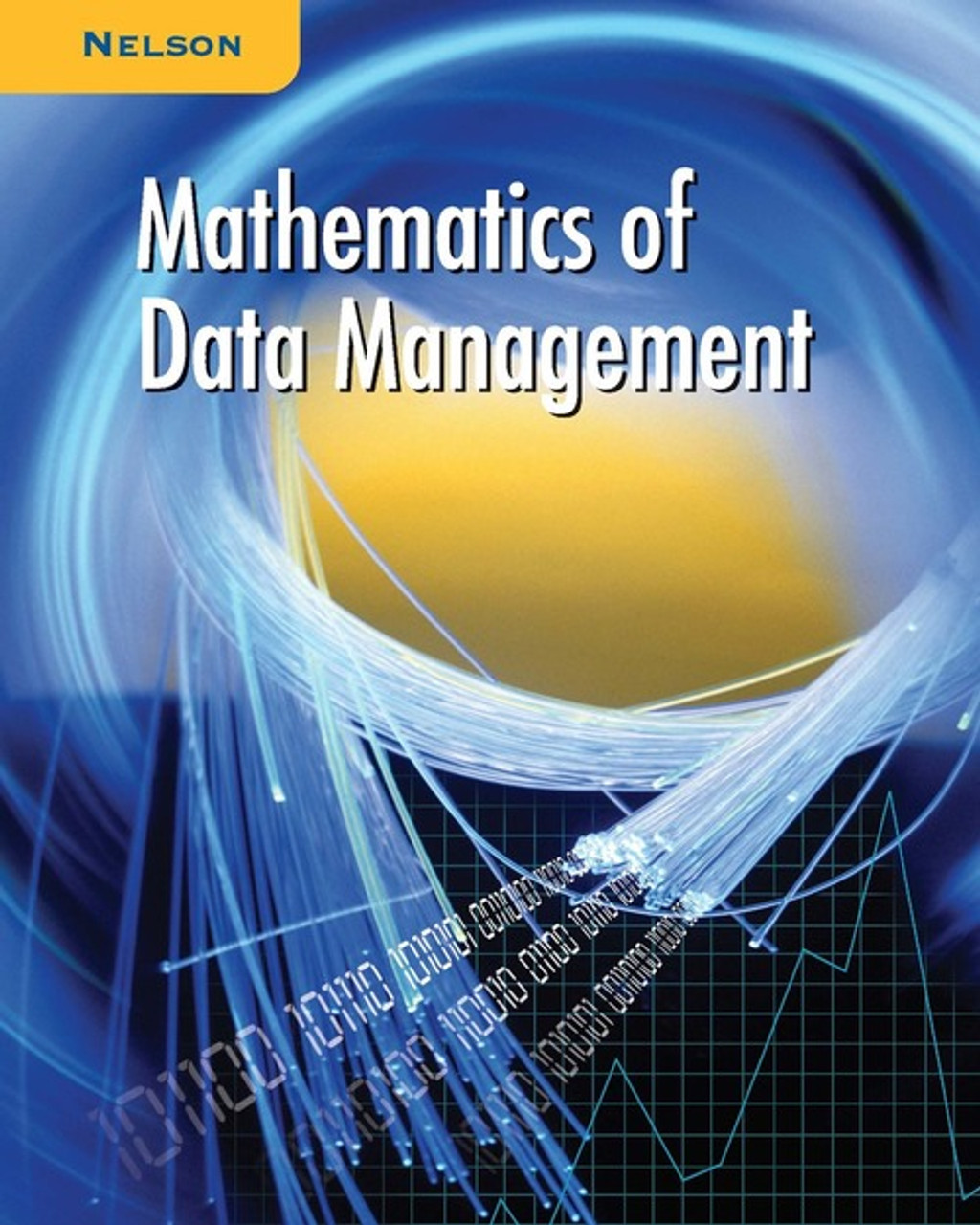
MDM4U Mathematics of Data Management, Grade 12 - University Preparation
In this course students learn how to collect and utilize data from the world around them. A fascinating study with real predictive power and heavy application in scientific experiments, statistics will teach students to predict the likelihood of given outcomes from some input. Concepts such as average, median, standard deviation and its connection to various interpretations of error are explained thoroughly. The effect of relationships between data samples is investigated and the course finishes with a study of random variables and their elegant description through the Gaussian Bell-Curve.
Data Management comprises all the disciplines related to managing data as a valuable resource. Tools for managing data will be explored and used, as we lay the foundation for a structure that allows us to use data meaningfully and wisely to make decisions. In this course we will be using spreadsheets and graphing software to perform complex calculations and link, search, sort and graph data. Among other assignments students are introduced in this unit to the Statistics Canada website where they will learn methods of data retrieval and the creation of graphs using CANSIM. This course involves a data management investigative (DMI) that stretches over the first four units. In this unit, students will formulate and submit their hypothesis.
To summarize data and recognize the trends, we use tables and graphs. In this unit, students will demonstrate an understanding of the role of data in statistical studies and the variability inherent in data, and distinguish different types of data. Students will also describe the characteristics of a good sample, some sampling techniques, and principles of primary data collection, and collect and organize data to solve a problem. Finally, students will demonstrate an understanding of the applications of data management used by the media and the advertising industry and in various occupations. The DMI continues in this unit and students use statistical skills to appropriately collect and record information.
This unit will focus on the analysis and presentation of one-variable data. Students will process raw data and develop the skills to summarize it in terms of central tendency, spread, and distribution. Students will analyze, interpret, and draw conclusions from one-variable data using numerical and graphical summaries and explore methods of describing a single piece of data in the context of a wider data set. Students use a variety of different software to analyze the presentation of data that has been collected and processed by others. They develop the critical thinking skills necessary to interpret and assess the validity of secondary data and conclusions drawn from it, maintaining an awareness of the possibility of bias and misrepresentation, either deliberate or accidental. Students submit the third part of their DMI where they process and analyze their individual data sets.
Two-variable statistics are the basis for many decisions personally and as a society. Although most two-variable statistical tests are beyond the scope of secondary school math, this unit will examine some of the basic topics in two-variable statistics. Two-variable statistics provide methods for detecting relationships between variables and for developing mathematics of these relationships. The visual pattern in a graph or plot can often reveal the nature of the relationship between two variables. In this unit students will analyse, interpret, and draw conclusions from two-variable data using numerical, graphical, and algebraic summaries. Students complete the last part of their DMI where they perform analysis of the relationship between the sets of their information, and use critical thinking skills to formulate a final conclusion relating to their initial hypothesis.
Combinatorics is the branch of mathematics dealing with ideas and methods for counting, especially in complex situations. The techniques and mathematical logic for counting possible arrangements or outcomes are useful for a wide variety of applications. A computer programmer writing software for a game or industrial process would use these techniques, as would a basketball coach planning potential line-ups for a game, or a school board trying to make the most efficient use of its buses. Students will investigate the concepts of combinations and permutations. They will consider situations in which each should be used, and develop the skills to be able to determine which is most appropriate.
Probability was first studied mathematically in the 17th century when Pierre de Fermat and Blaise Pascal attempted to analyze problems associated with gambling. Modern probability theory grew from their correspondence. In this unit students will solve problems involving the probability of an event or a combination of events for discrete sample spaces. Students will solve problems involving the application of permutations and combinations to determine the probability of an event, and demonstrate an understanding of discrete probability distributions, representing them numerically, graphically, and algebraically. Students will also determine expected values, and solve related problems from a variety of applications.
Students will gain an understanding of continuous distributions, and will investigate different shapes of distribution, considering situations that may generate them. Students will explore the normal distribution in detail, and investigate its many applications. They will make comparisons between the normal and binomial distributions. They will form an understanding of the conditions in which they might be used interchangeably, and develop the skills that will allow them to decide how and when to make use of these properties.
